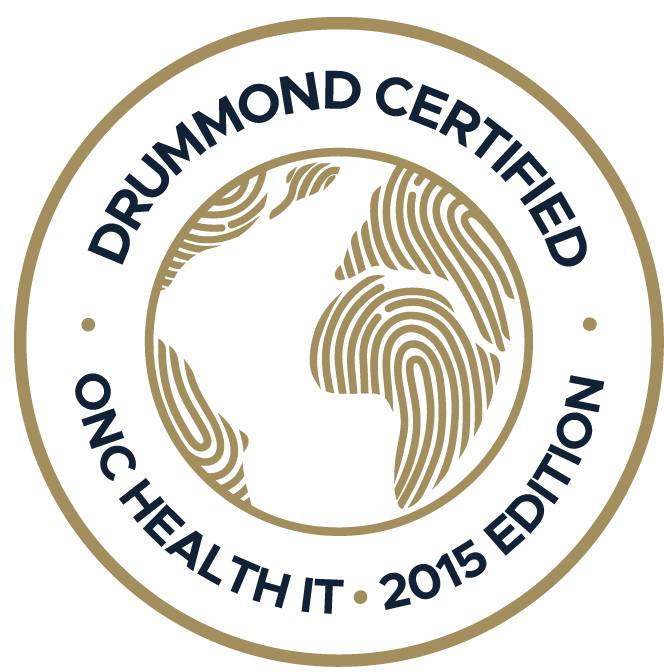Operating a family medicine practice is all about doing multiple tasks—from managing patient records to coordinating care for diverse families—at the same time. Just imagine a dedicated family health practitioner who...
The new year begins with subtle but important changes to the Care Management Service codes and reporting guidelines. Remember, these are the time-based codes that compensate the practice for the time spent by clinical staff and the providers with patients or their caregivers managing chronic conditions.
It is a unique opportunity to be able to report the time spent without the patient being present or to be able to report the time of non-providers. Just consider the amount of time on any given day that the nursing staff spends on the phone answering questions, addressing how the chronic condition impacts daily living for the patient(s). Are you sure you’re capturing that time accurately? With the 2022 changes, it is a great time to review the codes, the guidelines, and your internal workflow to ensure that answer is a solid YES.
There are three primary categories within the Care Management Services:
- Chronic Care Management (CCM)
- Complex Chronic Care Management (CCCM)
- Principal Care Management (PCM)
The decision points for code selection are straightforward
- Who provided the care management activities?
- How many chronic conditions are being managed during that calendar month?
- What is the total # of minutes spent that cannot be reported as part of another service?
Let’s start with the new codes for Principal Care Management services (99424 – 99427). Full disclosure, they are not entirely new as Medicare had accepted G2064 and G2065 with similar descriptions in 2021. But G codes are a challenge. Unless the code is a category I CPT code it may not be accepted by all insurance plans. Updating those two codes into four new category I codes is a move towards a broader acceptance.
Effective January 1, 2022, the time spent managing patients with a single, complex chronic condition expected to last at least three months can potentially be reported and reimbursed separately. There is no current restriction to the level of medical decision making required. Focusing on a single condition, rather than the previous comprehensive care management approach, may expand the scope of providers eligible to report Care Management.
The Complex Chronic Care Management codes (99487 – 99489) are reserved for those patients with chronic conditions that require a moderate or high level of medical decision making as defined by the standard Evaluation and Management guidelines.
The Chronic Care Management codes (99437, 99439, 99490-99491) still require multiple chronic conditions to be managed during the calendar month but do not require a certain level of medical decision making to be documented.
When reviewing guidelines and documentation requirements, it is important to refer to the source of truth – the AMA CPT Codebook. There are specific limitations on both the minimum and maximum amount of time that can be reported monthly. A couple of key criteria that should be considered-
- Time spent by a physician and/or other QHCP that doesn’t meet the minimum threshold can be rolled into the total time of the clinical staff.
- Time spent by the physician and/or other QHCP can be reported separately from the time spent by the clinical staff.
- Care management can be reported in addition to behavioral or psychiatric collaborative care if the time is not counted twice.
Each category will require the provider to document a Care Plan that is reviewed or revised as needed but at least annually. The AMA CPT Codebook will provide additional guidelines to ensure the documentation is consistent with the reported codes.
The biggest challenge remains – how to document the time, how to determine at the end of the month what time should be reported with the codes for clinical staff vs. the codes for the physician or other QHCP, and what time might be inherent in another code reported separately.
Practice EHR has created an integrated partnership with Dulcian, Inc. to ensure that each time the chart is accessed to document a phone message, to relay information via the patient portal, to manage medications or other care management task is tracked by the individual user. At the end of each reporting period, a complex algorithm is then applied to all minutes tracked and the most appropriate code is assigned to the Encounter form and reported to the payor.
If your practice would benefit from learning more about reporting Care Management services, or our integration with Dulcian, Inc., please reach out to Client Services.
Topics: Industry Update, Client Favorites, Medical Billing
RECENT POSTS



TOPICS
- EHR Solution (148)
- EHR (85)
- Patient Care (78)
- digital age (78)
- Medical Billing (73)
- Specialty-Specific EHR (71)
- Integrated EHR (59)
- Small Practice (56)
- Technology in Healthcare (56)
- Industry Update (51)
- New Technology (47)
- Medical billing services (46)
- EHR Features (43)
- RCM (43)
- Cloud-based EHR (39)
- Practice EHR News (39)
- Healthcare Office Management (37)
- Kiosk (28)
- HIPAA Security (21)
- ePrescribing (21)
- Telemedicine (15)
- EMR (12)
- Revenue Cycle Management (12)
- Practice Management Software (11)
- Client Favorites (10)
- Practice Automation (10)
- The ONE (10)
- Urgent Care (8)
- MACRA/MIPS (7)
- Patient Portal (7)
- Switching to New EHR (6)
- events (6)
- E-Prescribing (5)
- Product Updates (5)
- TeleVisit (5)
- AI Solutions (4)
- Insider (4)
- Internal Medicine EHR (4)
- MIPS (4)
- Podiatry (4)
- Podiatry EHR (4)
- AI Scribing (3)
- HIPAA (3)
- MIPS Reporting (3)
- Regulatory Updates (3)
- AI scanning (2)
- Billing for Private Practices (2)
- Clearinghouse (2)
- Dermatology EHR (2)
- EHR Scheduling (2)
- Family Medicine EHR (2)
- Foot and Ankle Care (2)
- Foot and Ankle EHR (2)
- Health records 101 (2)
- Integrated Practice Management (2)
- Medical Credentialing (2)
- Medical Practice Management Software (2)
- Orthopedics EHR (2)
- Patient Check-in Kiosk (2)
- Psychiatry EHR (2)
- Quality of Patient Care (2)
- Reporting Under MIPS (2)
- Risk and Liability in Medical Settings (2)
- Telehealth Platform (2)
- Telehealth Platforms (2)
- What Works Clearinghouse (2)
- AI-powered Medical Billing (1)
- Bariatric EHR (1)
- Behavioral Health Practices (1)
- Billing Communication (1)
- Cardiology EHR (1)
- Cash Flow (1)
- Chiropractic EHR (1)
- Data Security (1)
- Dos and Don'ts (1)
- EHR Guides (1)
- EHR KPIs (1)
- EHR Questions to Ask (1)
- EHR for Chiropractors (1)
- EHR for Chronic Illness (1)
- EMR vs EHR Difference (1)
- ENT EHR (1)
- Eligibility Verification in Medical Billing (1)
- Endocrinology EHR (1)
- Family Medicine (1)
- Gastroenterology (1)
- Gastroenterology EHR (1)
- General Surgery EHR (1)
- Geriatrics EHR (1)
- Guides (1)
- Healthcare Compliance Certification (1)
- Healthcare Practice Office Management (1)
- Help Center Videos (1)
- Insurance Reimbursement (1)
- KPI (1)
- Key Performance Indicators (1)
- Lab Processing (1)
- MACRA (1)
- Medical Billing Partner (1)
- Medical Coding Services (1)
- Mobile EHR (1)
- Nephrology EHR (1)
- Neurology EHR (1)
- Pain Management EHR (1)
- Pediatrics EHR (1)
- Physical Therapy EHR (1)
- Practice Cash Flow (1)
- PracticeEHR GO App (1)
- Pulmonology EHR (1)
- Simplify Practice Management (1)
- Staffing in Healthcare (1)
- Switch Medical Billing Providers (1)
- Urgent Care Medical Billing (1)
- Urology EHR (1)
- insurance claim denials (1)







